People are divided into two types. Some remember Blackberry well and are even nostalgic about it. Others began to be interested in technology after the company had failed.
If you missed the heyday of Blackberry then it is unlikely that you will have the chance to look at their devices since there is little left of the original company. However, if you are nostalgic about the company or just want to know how things went, then this article is right for you.
The beginning of Blackberry fall
The company had its heyday in the 2000s. In those days, the BlackBerry phone was the attribute of a businessman and they got that status for a reason. The company offered a whole set of unique services that made business easier, such as a convenient application for working with documents and email.
Of course, the company was way behind the market leader Nokia, but this can be explained by the fact that the company originally focused on a much narrower segment: the business phone segment. They were more expensive than their analogs, but offered a whole set of additional features, so the price was justified. Still, despite the high price and relative niche, in 2006 the company was able to take 8.3% of the mobile device market, ahead of such market giants as Motorola and Sony Ericsson.
In the same year, the company announced the first smartphone with multimedia features – BlackBerry Pearl. This allowed the company to successfully perform both in the corporate and consumer markets.
In 2007, however, the cell phone revolution began. The market began to shift from push-button phones to touch-sensitive smartphones. This trend became fully evident in 2007 with the release of the first iPhone, but Blackberry decided to go the other way and keep the QWERTY keypad phones.
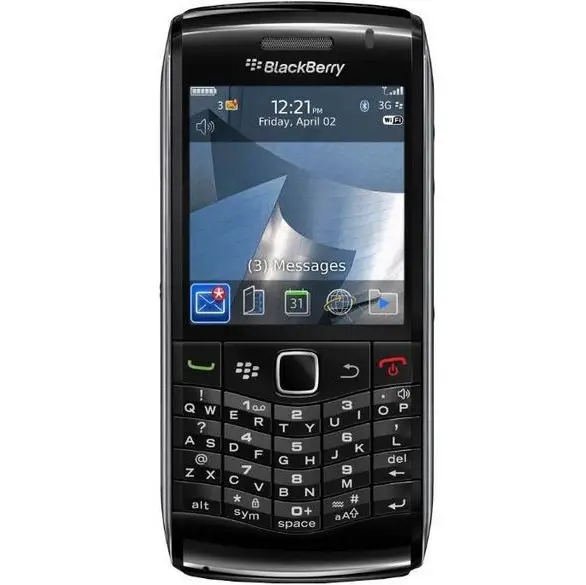
The Blackberry’s key mistake
The company expected that QWERTY smartphones would remain the best choice for the business segment, but it was wrong.
After 2007, smartphones with touch screens began to come out en masse. First, it was the iPhones, and then most manufacturers began to migrate en masse to Android. At the same time, Blackberry continued to bend its line and promote QWERTY phones.
At first, Blackberry managed to keep its market share and even increase it. The most successful year was 2010, when the company was able to take 16% of the share of all smartphones. However, this year was a turning point. In 2010, most manufacturers switched to Android, which became their flagship, and the market was divided into two large niches – Android and iOS.
Blackberry decided to go its own way and continued to develop its own OS. After trying to improve its OS, the company acquired QNX and used its development for Blackberry 10, a full-fledged smartphone OS.
However the time that the company spent on the adaptation of the new OS played a role and the company lost the initiative.
Only in 2013, when it was clear that the market was divided between iOS and Android Blackberry introduced a new line of advanced smartphones. In fact, the company tried to find the golden mean between modern trends and brand identity of the company with a focus on business audience. The result were two smartphones Blackberry Z10 and Blackberry Q10.
Blackberry Z10 was a complete smartphone. which had to compete with the iPhone and Android phones.
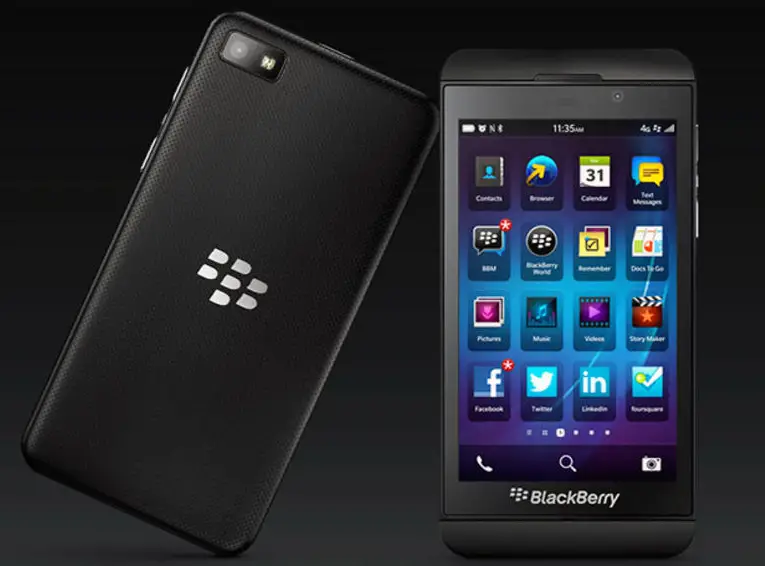
Blackberry Q10 had a small touch screen and a traditional QWERTY keyboard. This smartphone was aimed primarily at Blackberry brand followers from the corporate segment.
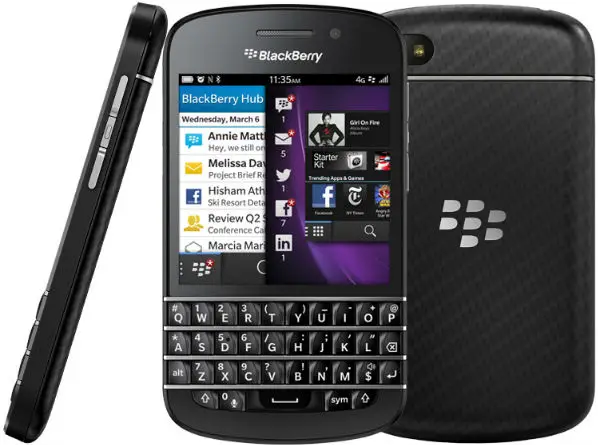
However, by 2013, when these smartphones were released, Blackberry’s market share had shrunk to a very low point, so that the new operating system had almost no chance of success. And with it, the new smartphones were doomed.
A little later, the company added support for Android apps, but even that didn’t help.
Blackberry Passport – A New Hope
In 2014, the company introduced a new smartphone, the Blackberry Passport. It had a large square screen and a traditional QWERTY keyboard. This smartphone was more successful than previous models, but its price was too high, and the share of Blackberry continued to fall.
The reason was trivial – by this point, smartphones began to get significantly cheaper. If previously they were relatively expensive devices, then in 2014 a new trend began – the majority of devices in both developed markets and developing countries were smartphones. Because the price of the Blackberry Passport was too high, it was never able to become a success.
In 2015, the company changed its strategy and decided to switch to Android. So, in 2015, the company announced the Blackberry Priv, it was the company’s first Android smartphone. Perhaps it could have been successful, but the company set the price too high, and also decided not to give up the QWERTY keyboard. This smartphone was a slider and you could slide out the QWERTY keyboard if necessary. When the “passport” experiment didn’t work, the company went for desperate measures. In 2015 came the BlackBerry Priv, the brand’s first Android smartphone. Externally, it looks like an ordinary smartphone, but the body has a slider design – the QWERTY-keyboard slides out from the bottom.
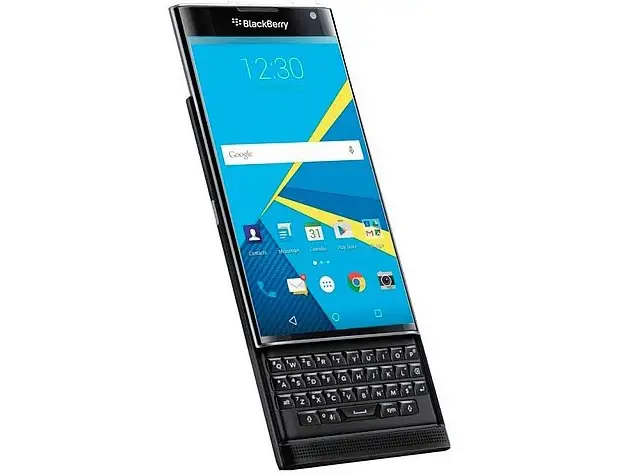
As a result, sales were a failure and the company decided to change strategy again.
Blackberry brand goes on sale
In fact, after that Blackberry ceased to exist as an independent player in the smartphone market, as the company has almost completely reduced the research and development department due to financial difficulties.
As a result, the company decided to use its brand and release a new smartphone under it. This model was the Alcatel IDOL 4 made by TCL. The company has renamed it to Blackberry DTEK50 and slightly changed the design and software and increased the price.
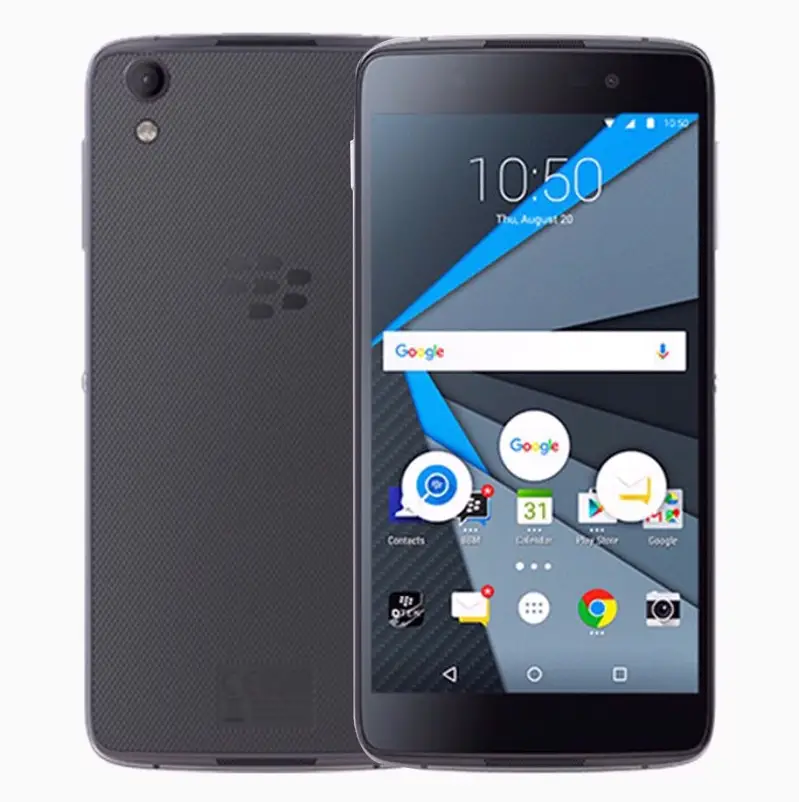
This approach was not understood by the Blackberry fans from the corporate segment, so the device also failed on the market.
As a result, Blackberry announced the closure of the smartphone business and licensed its brand to the same TCL. Three more smartphones were released under the Blackberry brand: KeyOne, Motion and Key2, the last of which was released in 2018.
These models were also unsuccessful and TCL left the brand.
The next company to license the Blackberry brand was India’s Optiemus Infracom, but these smartphones were not sold outside of India.
In 2020, the Blackberry brand was licensed by OnwardMobility, which plans to release a smartphone under the Blackberry brand with Foxconn Fin Mobile.
Why did Blackberry fail?
In retrospect, Blackberry made some decisions that led to horrible half-hearted consequences:
- The company didn’t understand the zeitgeist, not in time to abandon the QWERTY keyboard.
- The company didn’t make the transition to Android at the wrong time, trying to develop its own OS.
- But most importantly, the company did not understand how the corporate segment has changed. Smartphones had become too universal and there was no need for unique Blackberry services.
Many say that if Blackberry had moved to Android in time, things would have gone a different way. I cannot agree with that, because the main disadvantage of smartphones was their high price, so it is not certain that the company would have been able to compete with other manufacturers.


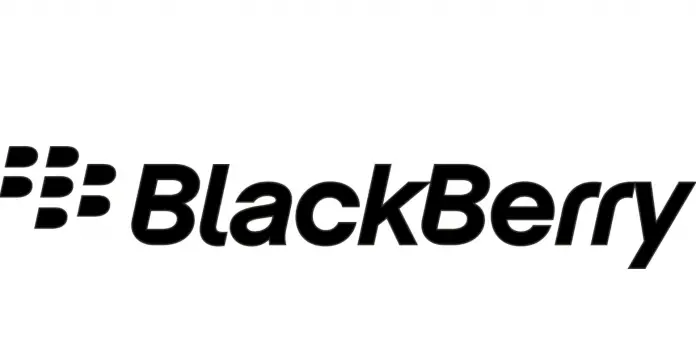

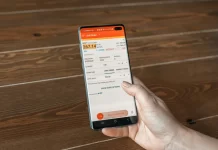


Thx for that article. Was very interesting to read.
I’ve bought Blackberry Passport and I liked it, maybe if company was moving that way it wouldn’t finally fail. but nevermind.. sad story